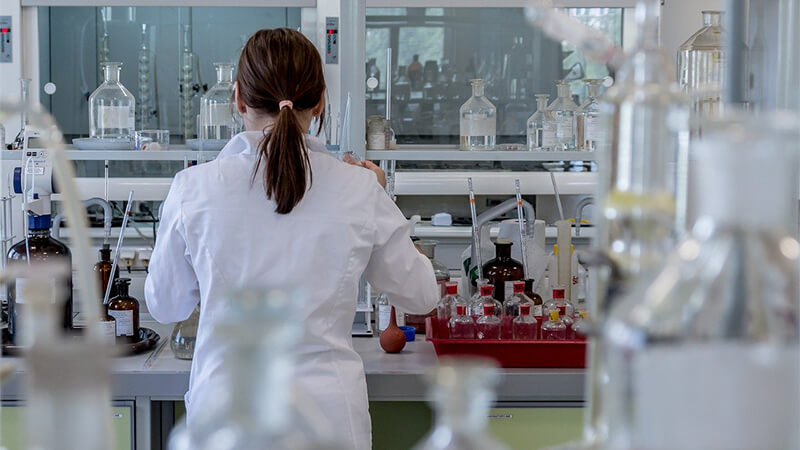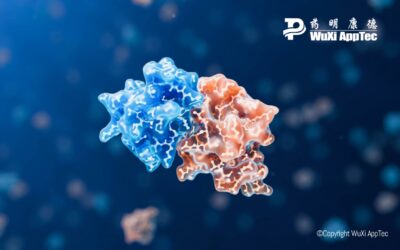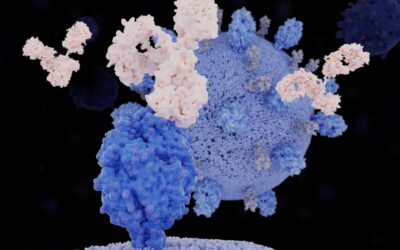As our partners’ research and development programs begin to ramp up, so does the need for additional resources. At WuXi AppTec, we remain committed to ensuring the availability and integrity of the research models used on our customers’ vital development programs is maintained—all while ensuring steps are being taken in compliance with disease control guidelines pertaining to COVID-19.
Find out more about how WuXi AppTec is conducting scientific research in a COVID-19 world, providing quality testing support, keeping compounds in China and continuing to move programs forward with a healthy supply of research models.
Receive a copy of our white paper “Conducting Scientific Research in a COVID-19 World: Meeting the Demand for Animal Models”
As a global company with operations across Asia, Europe, and North America, WuXi AppTec provides a broad portfolio of R&D and manufacturing services that enable the global pharmaceutical and life sciences industry to advance discoveries and deliver groundbreaking treatments to patients. Through its unique business models, WuXi AppTec’s integrated, end-to-end services include chemistry drug CRDMO (Contract Research, Development and Manufacturing Organization), biology discovery, preclinical testing and clinical research services, helping customers improve the productivity of advancing healthcare products through cost-effective and efficient solutions. WuXi AppTec received an AA ESG rating from MSCI for the fourth consecutive year in 2024 and its open-access platform is enabling around 6,000 customers from over 30 countries to improve the health of those in need – and to realize the vision that “every drug can be made and every disease can be treated.”


